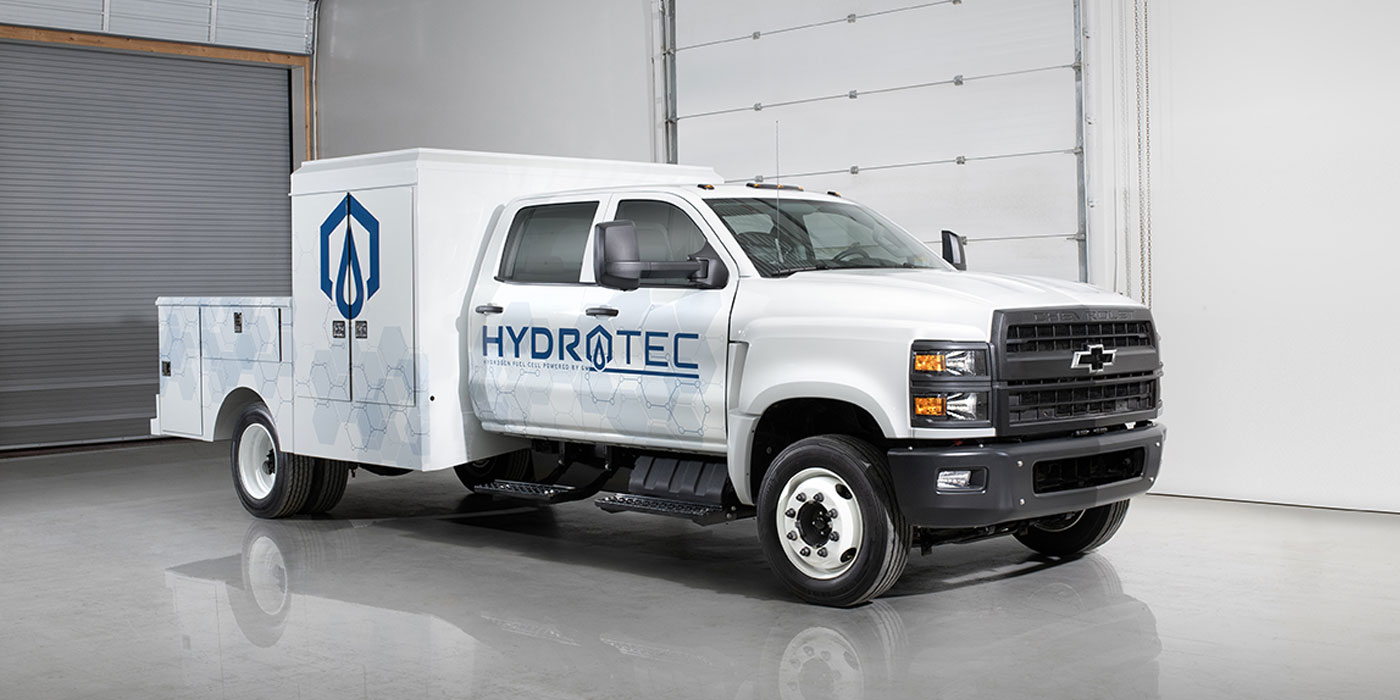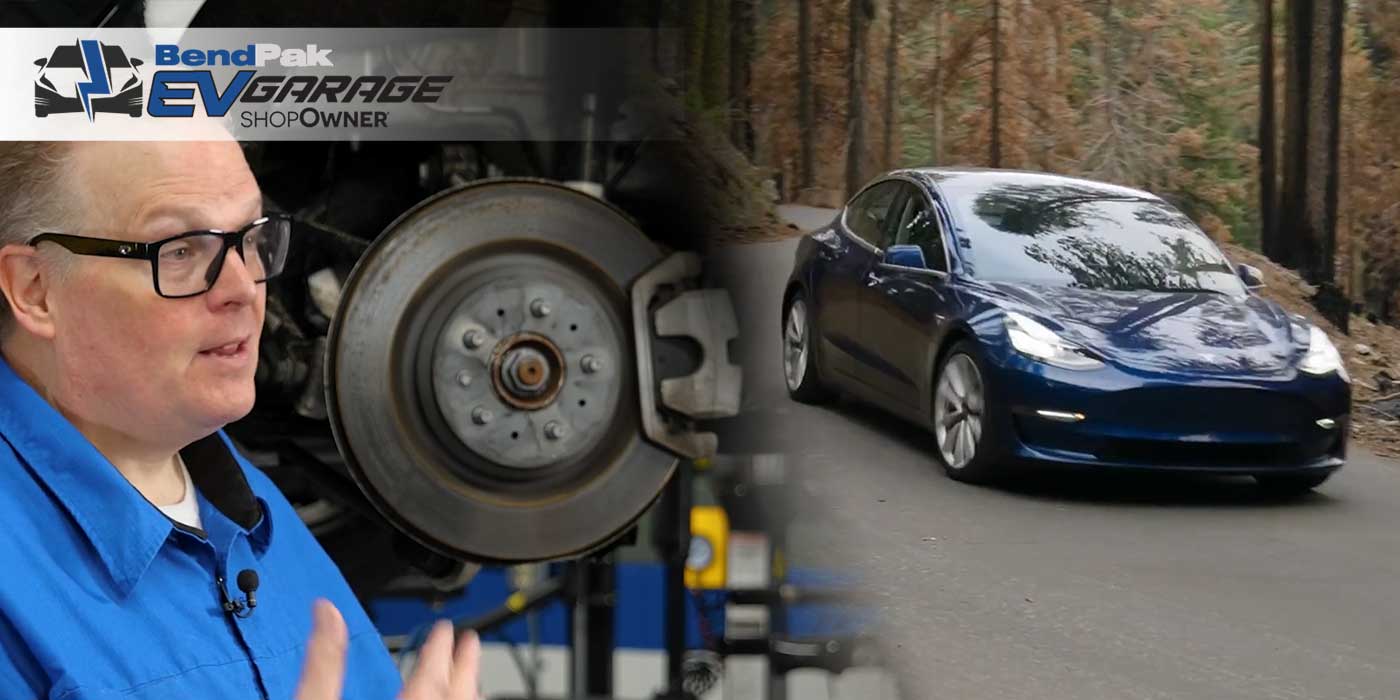Keeping up with the trends isn’t easy. One day SUVs are all the rage, the next it’s EVs – and it’s hard to know sometimes what’s actually going to stick. But it’s safe to say EVs aren’t just the next passing fad, as electric vehicles are one of the hottest topics in the automotive industry right now.
Many companies have already converted, or are looking to convert, their existing fleets to EVs – one look at the recent partnership between Hertz and Tesla is enough proof of that – but with updates and changes to the EV landscape seemingly daily, fleet managers, dealerships and OEMs might be challenged by the need to keep up with all these trends.
Businesses in the automotive industry should know that feeling this way is kind of the norm right now, but if you look around, auto logistics and transport companies are already making investments in EV-charging infrastructure. Rich Pinnock, executive vice president of fleet services at ACERTUS, recently outlined this in a piece he wrote for The Buzz.
Especially on the east and west coasts, you’ll see chargers are popping up pretty much overnight. Companies with a global presence like Amazon and FedEx have also announced the conversion of their fleets to be electric, and traditional OEMs are ramping up their EV production; in fact, almost 100 pure battery electric vehicles are set to debut by the end of 2024.
Plus, let’s not forget that Ford plans to build mega campuses valued at more than $11 billion that will be used solely for EV production. And General Motors’ new electric commercial vehicle unit, BrightDrop, is focused on van production, and has already started filling an order for FedEx Express.
If we’re exclusively looking at the U.S., this push for EVs has a lot to do with the government at the state and federal levels, no doubt about it. The Biden Administration wants EVs to make up 50% of vehicle sales by 2030 and aims to achieve net-zero emissions by 2050. Congress is even discussing an EV trade-in program that proposes consumers swap their existing gasoline-powered vehicle for zero-emissions vehicles.
GM and California are also pledging to sell only zero-emissions new vehicles by 2035. If other states and automakers follow suit, analysts predict that 25% of all new vehicle sales by then will be EVs. And, the International Energy Agency projects EV sales across the world will hit 145 million by the end of the decade.
EV sales are soaring across the United States, China and Europe – meaning interest is peaking and people in the top automotive markets want to drive them. In fact, sales increased by 160% in the first half of 2021 from a year earlier, to 2.6 million units, representing 26% of new sales in the global automotive market. This is good news for fleet managers, dealers, and OEMs.
According to a recent Consumer Reports survey, 40% of all drivers plan to eventually purchase an EV and the survey indicates younger drivers are more likely to buy electric vehicles than older ones. Additionally, more than 70% of those surveyed believe EVs will reduce climate or air pollution and that automakers should offer other types of environmentally friendly vehicles, such as plug-in electric pickups and SUVs, alongside their current EV models.
As EVs become more available and are adopted by a higher percentage of the population, it’s important for those in the automotive industry to evaluate what that means for their business. Monitoring changes and having a plan to adapt accordingly is a great place to start.













